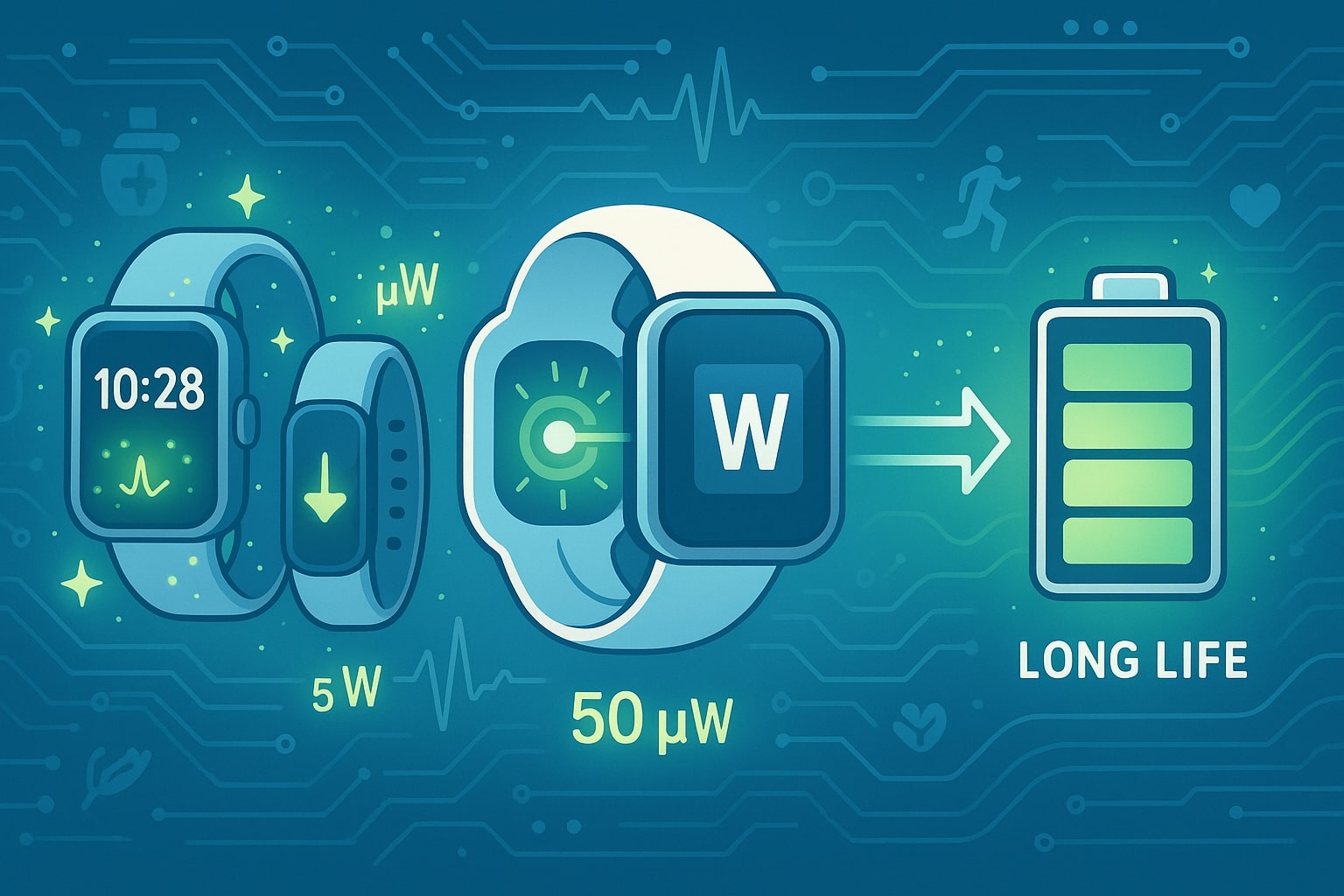watt to microwatt – How to convert W to µW
The watt (W) is the standard SI unit for power in our everyday lives, while the microwatt (µW) is used when power levels are incredibly small — often in sensors, medical devices, and advanced electronics. Converting watt to microwatt connects ordinary appliances with ultra-low-power technology that runs quietly in the background of modern life.

What is a watt (W)?
A watt equals one joule per second. It measures how much energy is consumed or produced per second. Household devices like bulbs, laptops, and refrigerators are measured in watts.
What is a microwatt (µW)?
A microwatt equals one millionth of a watt (0.000001 W). It’s commonly used in precision devices, such as biomedical sensors, hearing aids, and solar-powered calculators.
How to convert watt to microwatt
Microwatt (µW) = Watt (W) × 1,000,000
Example:
Microwatt = 0.02 W × 1,000,000 = 20,000 µW
For fast conversions, you can use the Conversion Tools. Other helpful options like the Speed Converter are also available.
Do you know?
-
About watt: A small desk fan may consume around 20 W — equal to 20,000,000 µW.
-
About microwatt: Many medical implants, such as pacemakers, run on just a few tens of microwatts, allowing them to function safely for years without replacement.
Wearables and the Microwatt Revolution
Modern wearable technology — from smartwatches to fitness trackers — is built on the ability to run at microwatt levels. A heart-rate sensor inside your smartwatch may only need 50 µW to operate, while the display and processor run in watts.
Engineers convert W to µW to optimize these tiny systems, ensuring battery life lasts for days or even weeks. This conversion isn’t just math; it’s what makes portable health monitoring and energy-efficient devices possible in daily life.

Scaling Down to Precision
The formula is simple: multiply watts by one million. But converting watt to microwatt bridges the gap between everyday devices and the delicate, ultra-efficient electronics shaping the future. From pacemakers to wearables, this conversion proves that sometimes the smallest numbers have the biggest impact.

